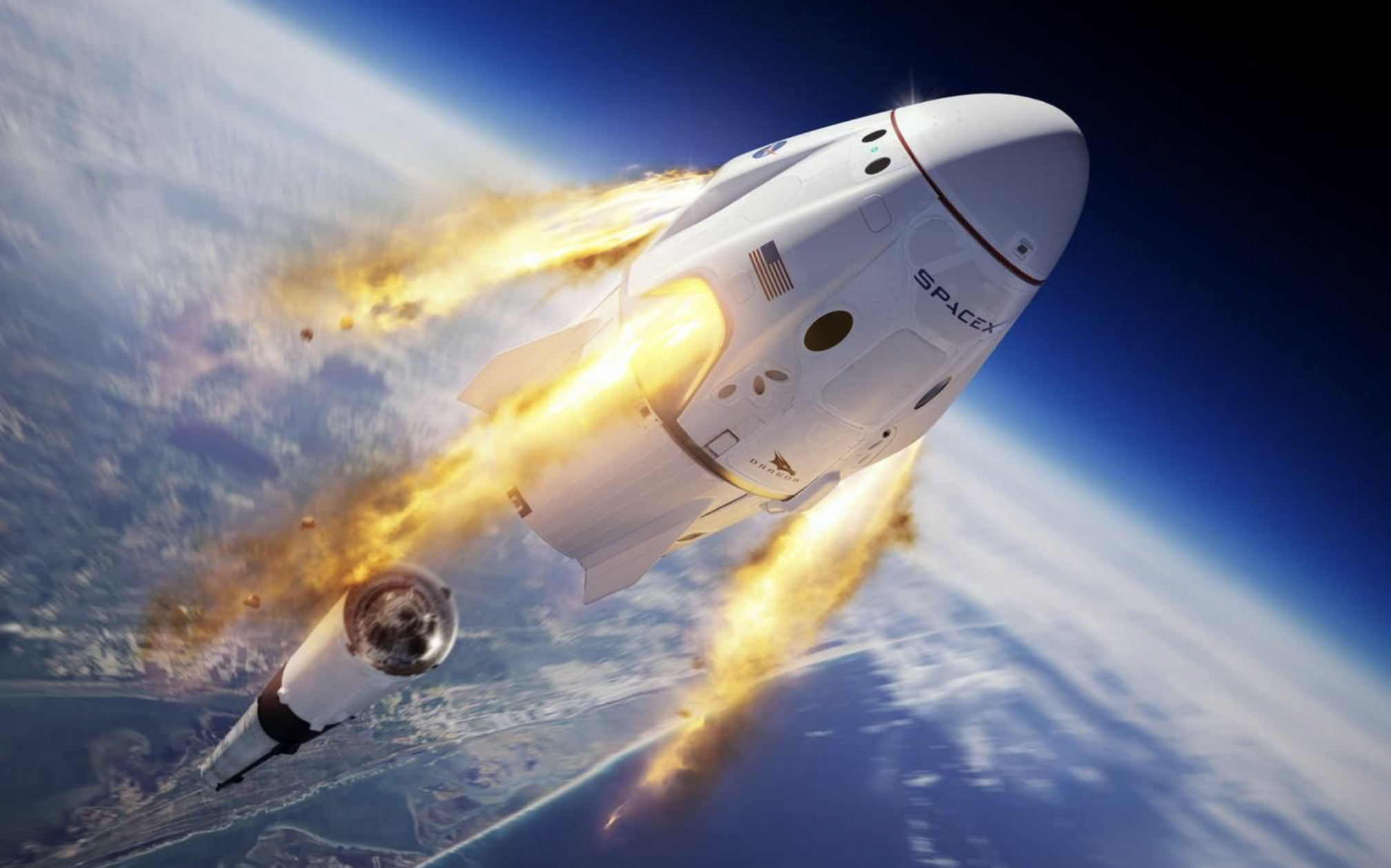After more than four months aboard the International Space Station (ISS), four astronauts made a safe return to Earth Saturday morning, landing with a splash in the Pacific Ocean off the coast of San Diego. The successful re-entry marked the completion of NASA and SpaceX’s Crew-10 mission—a 145-day stay in orbit dedicated to advancing human space exploration and scientific research.
The Dragon spacecraft undocked from the ISS at 3:05 p.m. PT on Friday, August 8, and began a series of precise orbit-lowering maneuvers before re-entering Earth’s atmosphere. Just 17 hours later, at 8:33 a.m. PT on Saturday, the capsule made a textbook splashdown, where recovery teams quickly secured the crew. NASA astronauts Anne McClain and Nichole Ayers, Japan Aerospace Exploration Agency astronaut Takuya Onishi, and Roscosmos cosmonaut Kirill Peskov were all reported to be in good health following the landing.
Launched from Kennedy Space Center in Florida on March 14, the Crew-10 mission docked with the ISS just over a day after liftoff. During their time in orbit, the astronauts participated in a range of experiments, from studying microgravity’s impact on human health to testing new technologies designed for long-duration missions—research that not only supports future exploration but also has applications here on Earth.
This Dragon capsule is a seasoned space traveler, having previously flown NASA’s Crew-3, Crew-5, and Crew-7 missions. Its Falcon 9 rocket booster also made its second flight, after previously launching the SES 03b mPOWER satellite.
Space enthusiasts around the world were able to watch the re-entry and splashdown live via NASA’s webcast and on the X TV app, witnessing yet another milestone in the growing partnership between NASA and SpaceX. With each mission, the collaboration continues to refine and expand capabilities for safe, reliable, and repeatable crewed spaceflight—bringing the future of space exploration a little closer to home.


